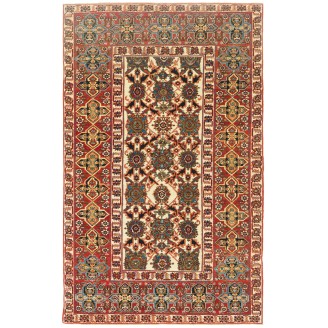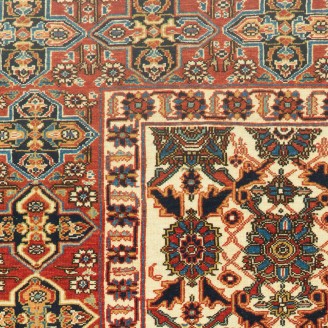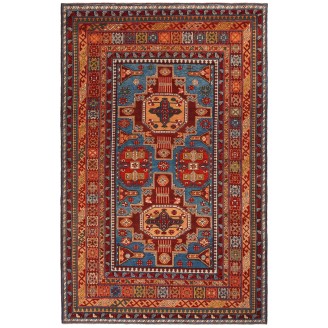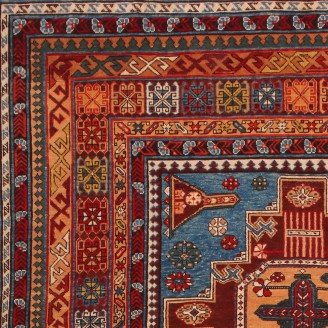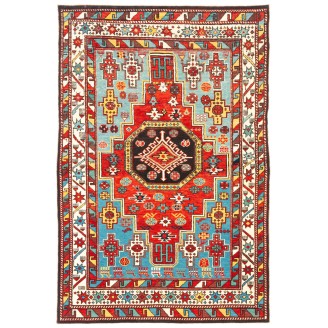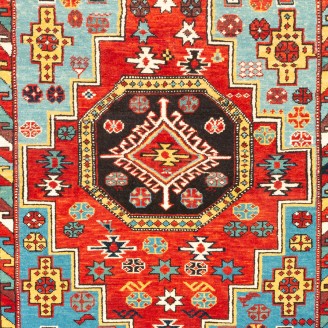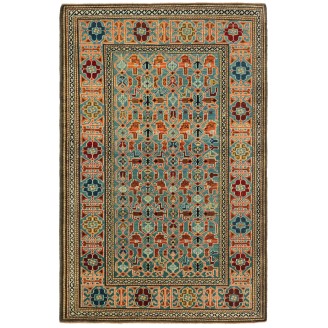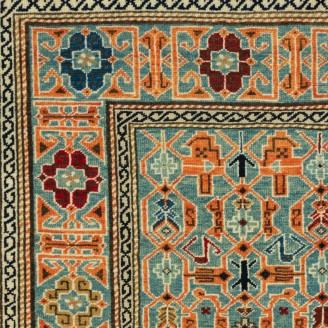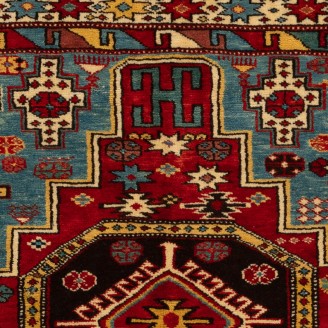Konagkend Shirvan Rug
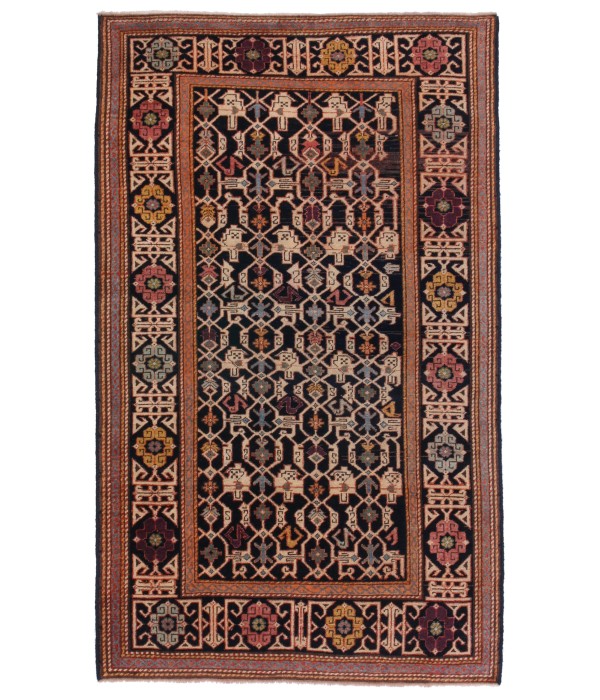
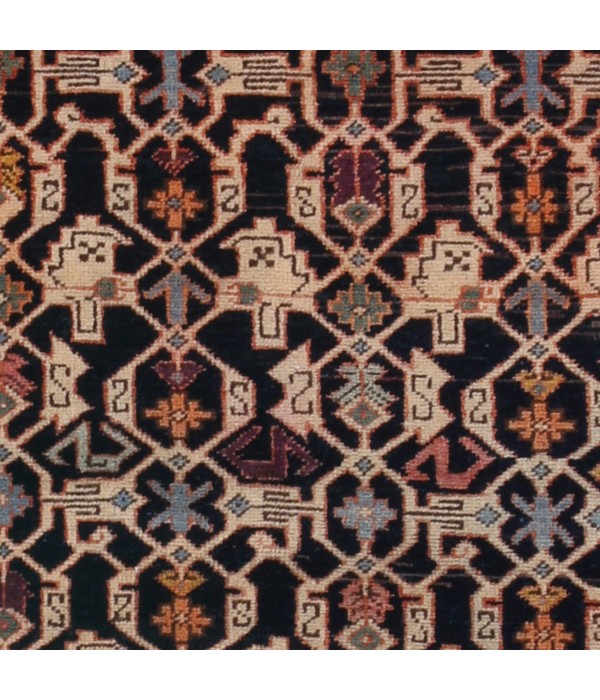
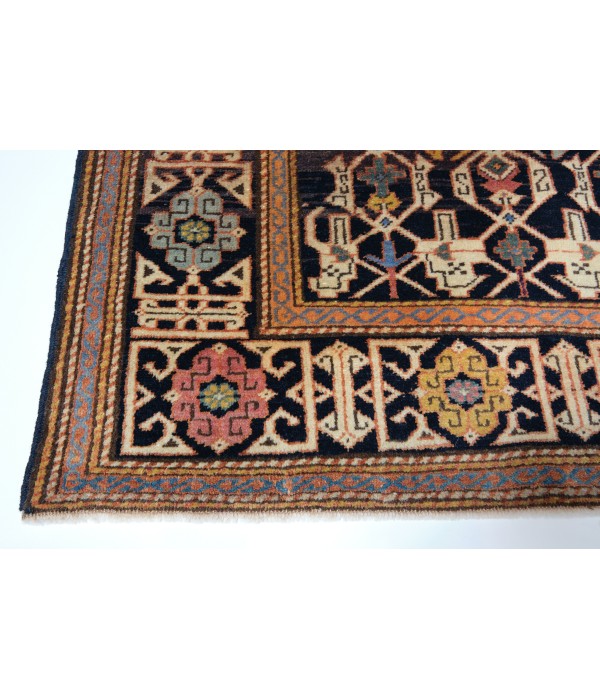
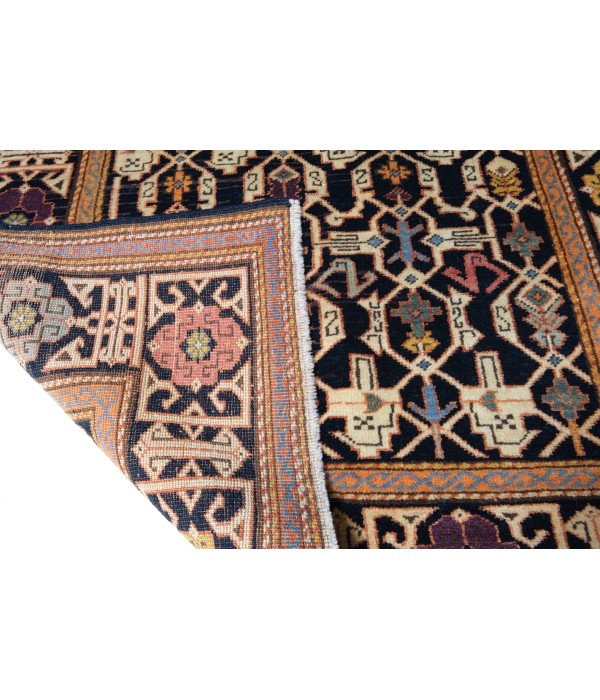
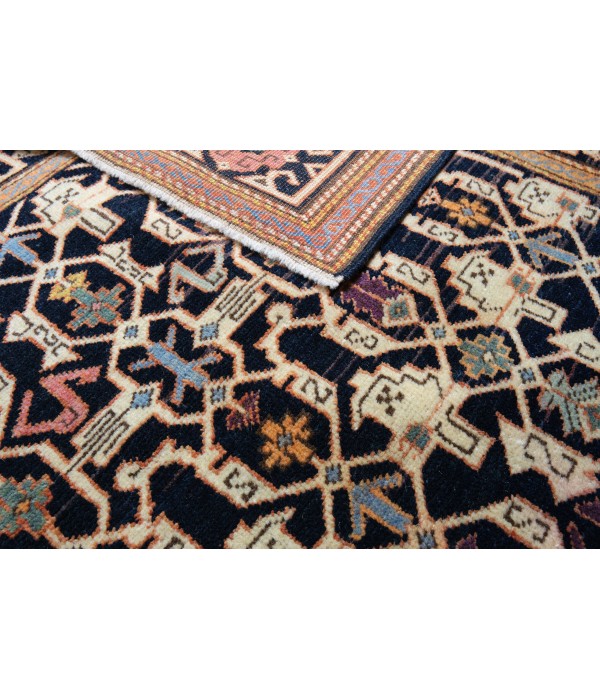
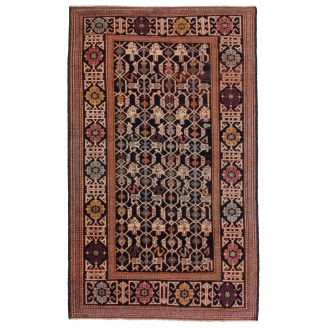
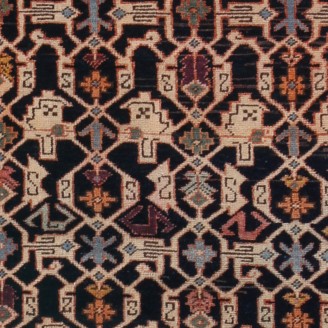

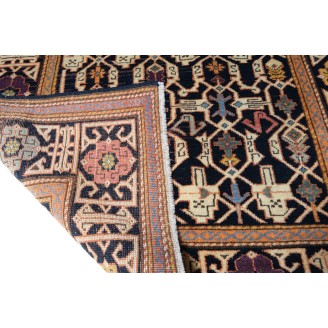
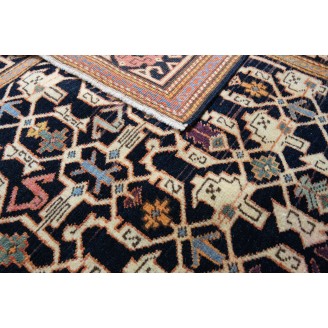
Model: ART00457Konagkend Shirvan Rug
Group: Caucasian Rugs Family
Area: Shirvan Region
Material of Pile: Natural Dyed Hand-spun Wool
Material Warp / Weft: Wool on Wool
Structure: Symmetrical knot
Knots Density: 36x29
Pile (mm): 3
Production Place: Eastern Anatolia – Siirt Province
Weight: 4.00kg
Location: Tokyo
Stock: In Stock
Dimensions:
The source of the rug comes from the book How to Read - Islamic Carpets, Walter B. Denny, The Metropolitan Museum of Art, New York 2014 fig.87. This is a domestic carpet, village, and nomadic weaving in the late 19th century in the Shirvan region, Caucasus. There are three principal designs for rugs attributed to Konagkend ( Konakkent or Konakhend ). The first has a large cruciform medallion, the second, called by Kerimov and Schürmann ‘Ordutch-Konagkend’, has a series of large octagons, and the third, and probably best known, has a stiff, angular lattice based on hexagonal forms. Each type has a quite different aesthetic appeal and in each case, the design is reminiscent of other rugs. The cruciform medallion type usually has a bright, light palette and in both color and design is reminiscent of Kurdish weavings and certain Turkish village rugs. The ‘Ordutch-Konagkend’ pieces have strong affinities with Baku and other north Shirvan rugs, and the lattice type is the closest to the concept of design most normally associated with Kuba as well as having links with earlier groups of, principally Turkish, carpets. This is an example of nomadic and village weaving often attaining a level of great artistry, exhibiting an almost breathtaking command of technique along with a marvelous sense of color, proportion, and artistic balance. It is framed with a series of borders, the main of which is the ‘Kufic style’. The design of this rug is interpreted by our designers and the most appropriate colors to match the original are used for this rug.
Color summary: 11 colors in total, most used 4 colors are;
Color summary: 11 colors in total, most used 4 colors are;
- Falu Red 400 (Madder Root - Henna - Walnut Husk)
- Barley Corn 103 (Sheep's Own Color)
- Navy Blue 432 (Indigo - Pomegranate)
- Bistre Brown 411 (Pomegranate - Madder Root)
Dimensions:
3 ft 7 in x 6 ft 1 in ( 111cm x 186cm )
Price:
$2,300
Ex Tax: $2,300

